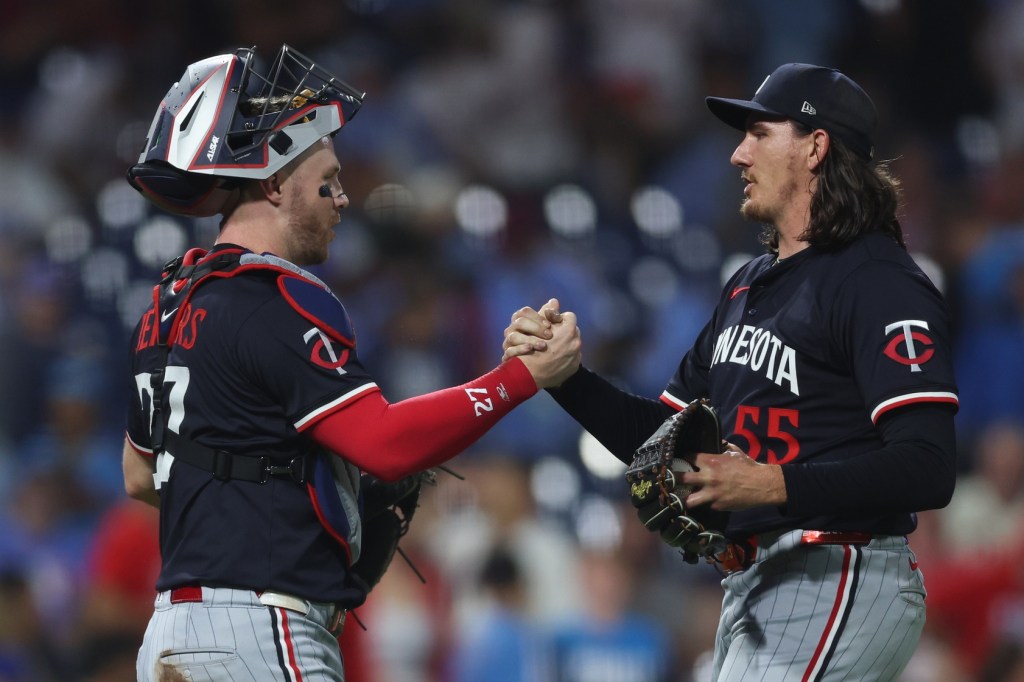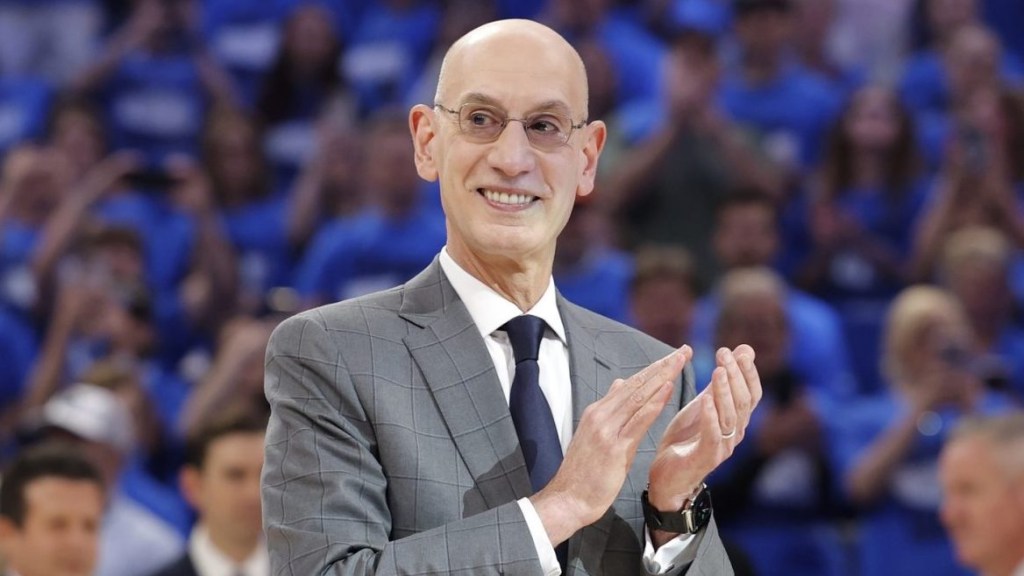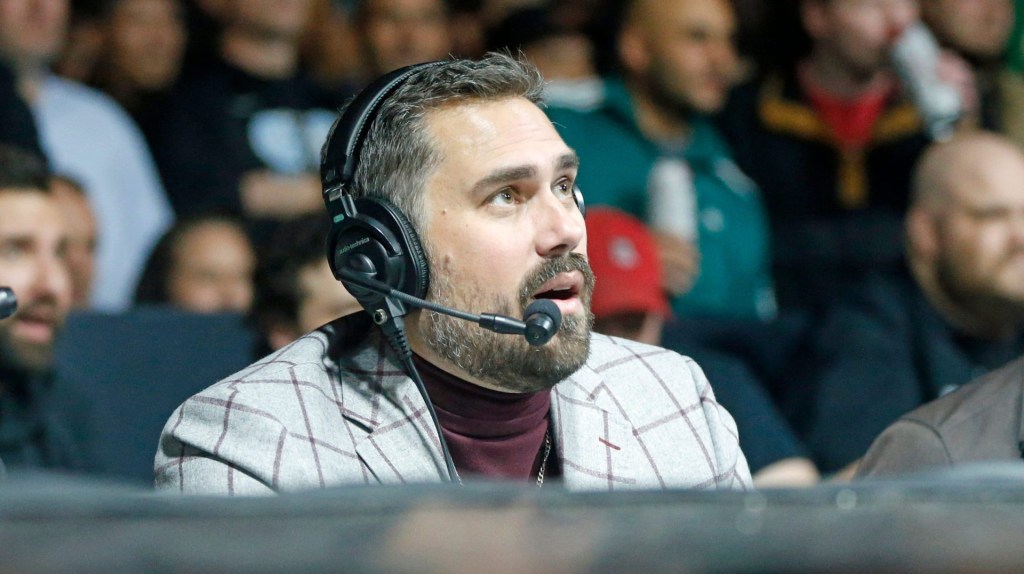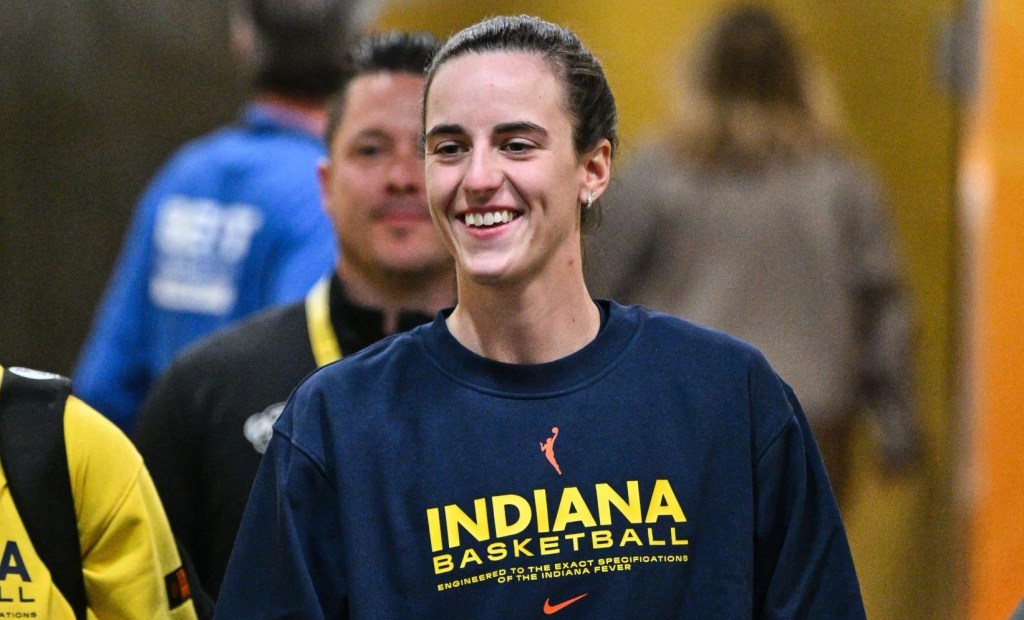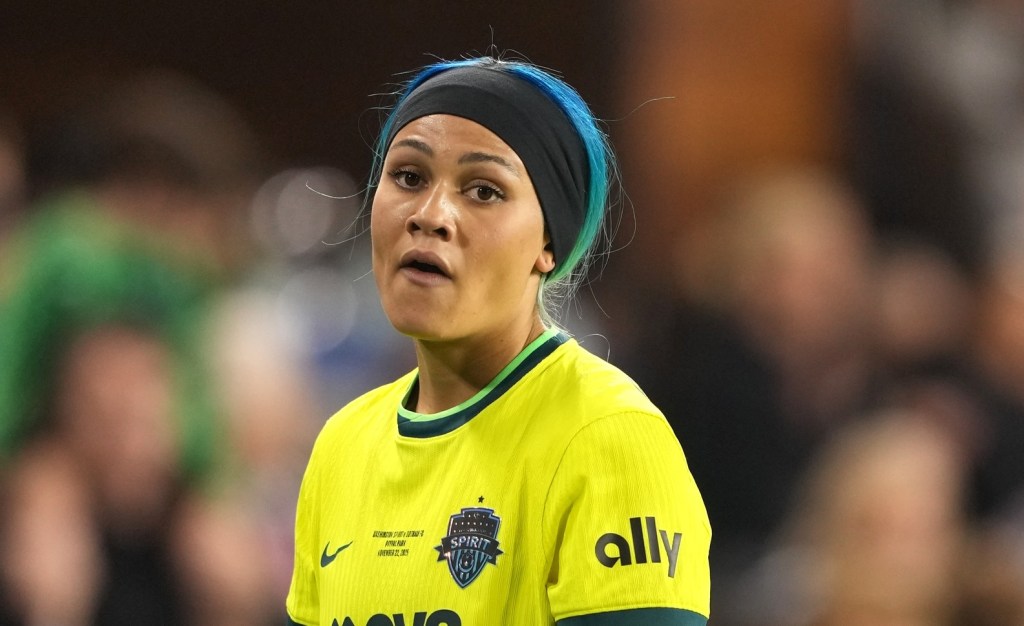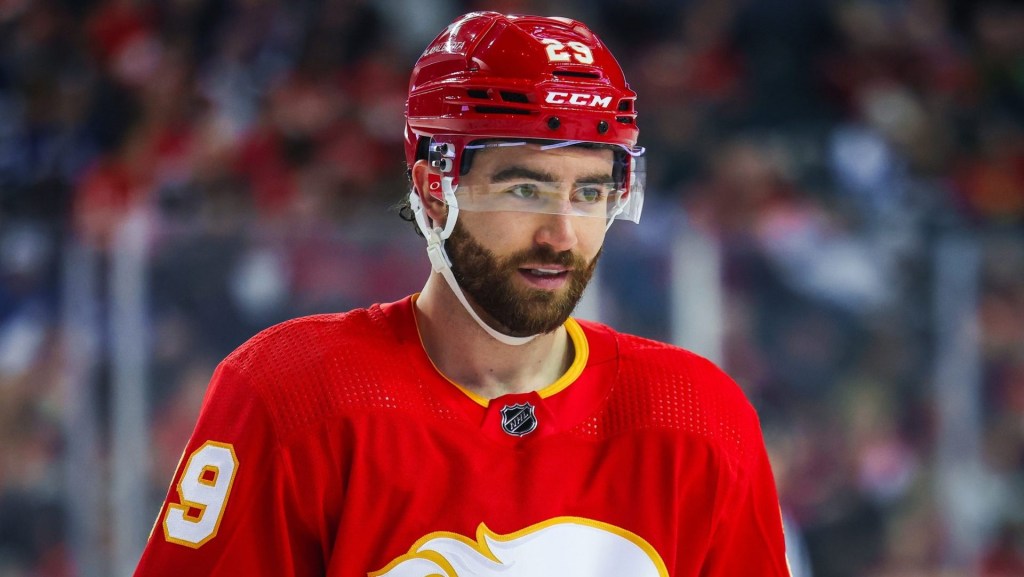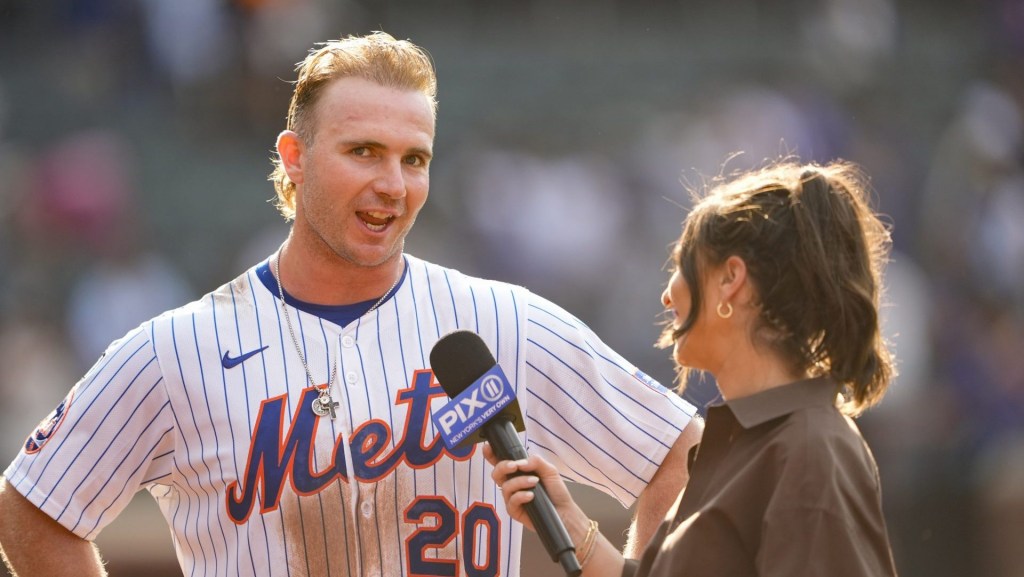For the more than 10 years they’ve been on the LPGA tour, golfers like Carlota Ciganda and Lexi Thompson have experienced increases in pay, resources, and viewership.
In 2019, for example, Ciganda won $1 million as part of the Aon Risk Reward Challenge — which offered equal prize money for a mens’ and women’s player. This year, Thompson inked a deal with Velocity Global as part of a growing list of sponsors.
“I think we’ve come a long way,” Ciganda told Front Office Sports.
But growth doesn’t mean equality.
The prize purses for the LPGA Tour still don’t come close to those of the PGA Tour. The women’s season-long prize purse is about $95 million, while the men’s is well over $400 million. For winning the U.S. Open, Matt Fitzpatrick earned $3.15 million. Minjee Lee took home just over half that of Fitzpatrick — $1.8 million for the women’s U.S. Open.
“I understand it will take time,” Thompson said in an email to FOS. But when will women’s golf get its equal payday?
The Growing Investment
Sponsorship interest isn’t new in women’s golf — companies like Aon and KPMG have been committed for multiple years.
But this year has bred a perfect storm for multiple increases in player sponsorships, event investment, and prize purses.
There are three major factors, LPGA commissioner Mollie Marcoux Samaan told FOS: a growth in the talent pool, more opportunities for exposure outside linear television, and recognition from brands that women’s golf provides a valuable platform.
Investing in women is “something that you don’t even have to sell anymore,” Albane Valenzuela told FOS: “It’s essential nowadays to invest in women… It’s a very global tour. It’s a very diverse tour. We travel all over the world. And the athletes are phenomenal.”
The upshot? More brand investment than ever before.
- Velocity Global inked deals with Valenzuela as well as Thompson this year, investing in the LPGA and Ladies European Tour.
- American Express had its largest-ever activations at this year’s women’s USGA.
Prize purses in major events have grown, too. Sponsors “are often the ones coming to us saying, ‘hey, we want to increase the purse,’” Marcoux Samaan said.
- KPMG, the naming sponsor for the 2022 Women’s PGA Championship, doubled its purse from $4.5 to $9 million this year.
- The U.S. Open’s increased from $5.5 million to $10 million — partially thanks to a cash influx from a sponsorship with ProMedica.
Every brand FOS spoke with echoed Marcoux Samaan’s observation that companies want to invest in women’s golf not just because it sends a social equity message, but also because women’s golf provides a useful platform for their products.
The LPGA tour “was really accessible and relevant,” Aon CMO Andy Weitz said. “I don’t think we would’ve entered into golf at all if we couldn’t enter equally.”
KPMG also said it had always planned on major investment. Before KPMG signed, the biggest prize purse was $2.25 million, but increasing it was always part of the plan, KPMG Sports managing director Shawn Quill told FOS. “We only wanted to get involved if we could elevate, we say, women on the course and off the course.”
Achieving Equal Pay
But despite growing brand interest, women’s golf could still reach more fans, interest more brands, and ultimately increase player compensation.
“Most players are having a hard time justifying and making this a full career path without being compensated properly,” Quill said. “When you have young girls dreaming of entering pro sports…they should enter a professional sphere where they’re going to be compensated for their craft.”
More sponsors will help with the pay gap — their investment has already directly impacted prize purse numbers. But several brand executives noted brand involvement puts pressure on other companies to jump in — which “sends a really important message to the business world,” Velocity Global Chief People Officer Sarah Fern said.
“Now several other sponsors, both long-term and new sponsors of the LPGA, are making the growth of women’s golf possible,” Minjee Lee told FOS in an email.
The second component of growth is visibility. Multiple players pointed to better TV slots, but Marcoux Samaan emphasized that streaming and social media provides additional opportunities “that couldn’t have existed before.”
Players also expressed interest in playing combined events with their male counterparts. Ciganda pointed out that the platform would be good for TV viewership and sponsors.
While pay equity hasn’t been achieved yet, players agree the tour is on the right track. “I hope [sponsors] continue to recognize the entertainment we provide has significant value and just because we are women, does not mean we should not have the ability to earn equitably,” Thompson said.

